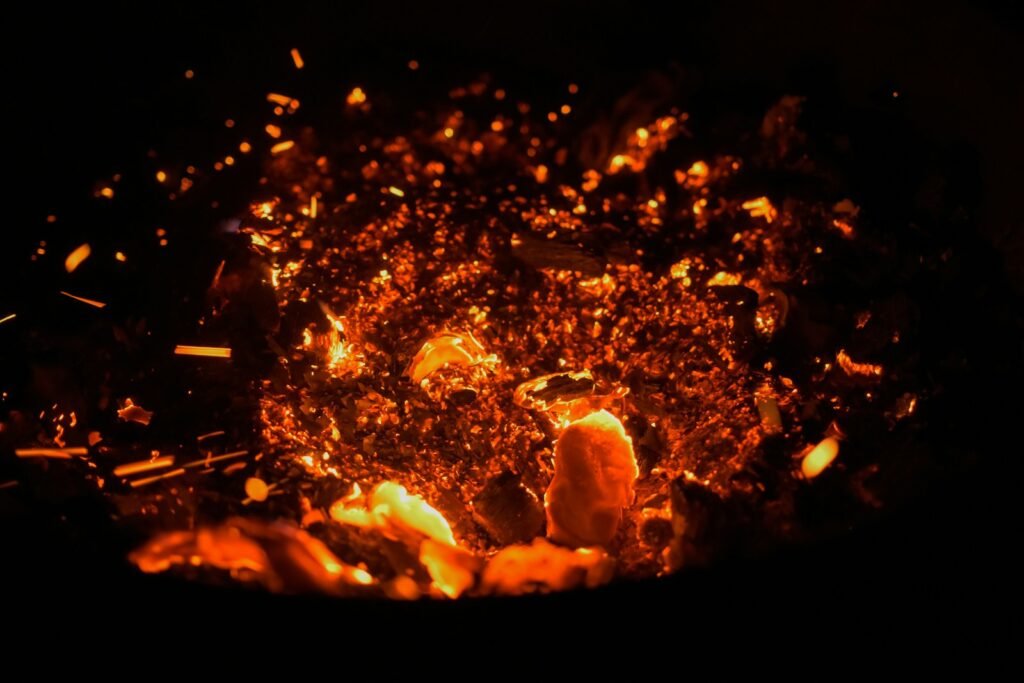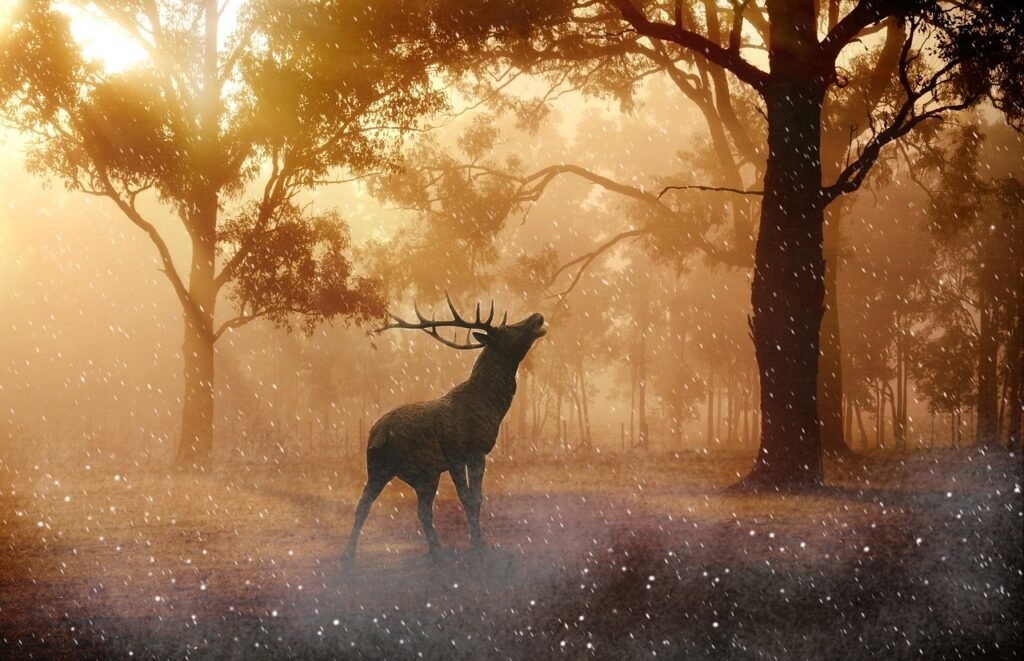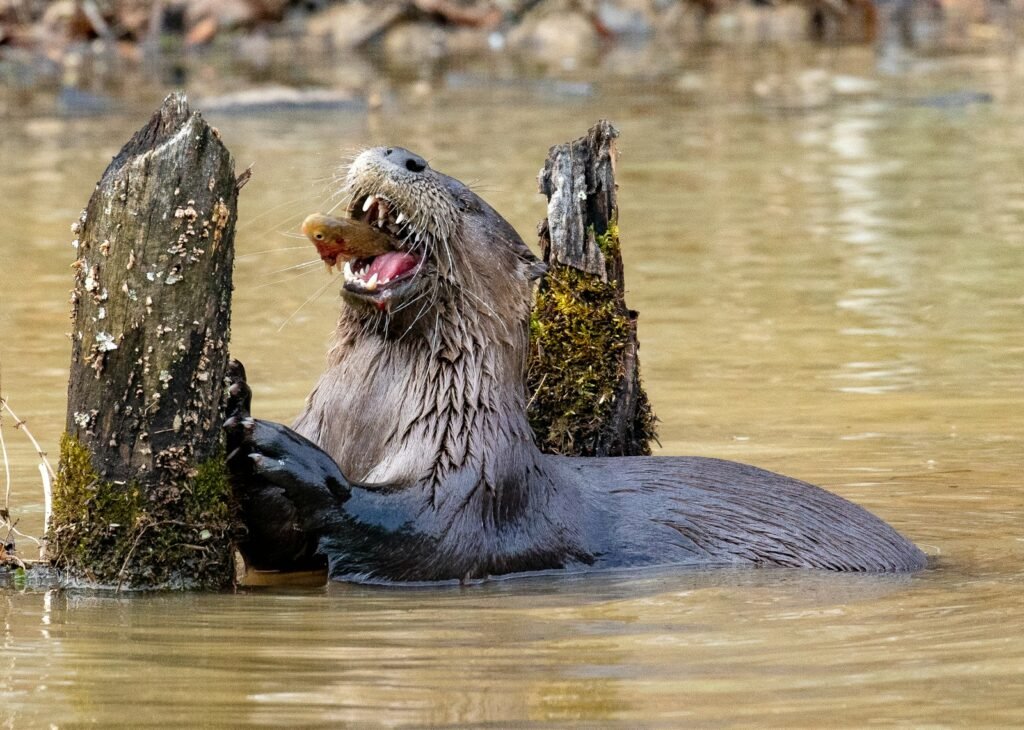In the heart of North America’s lush landscapes and diverse ecosystems lies a silent threat that often goes unnoticed: invasive species. These are organisms that, once introduced to a new environment, can cause harm to native species and disrupt the delicate balance of nature. Unlike a dramatic natural disaster, the damage caused by invasive species is subtle and gradual, making it a hidden yet significant issue. Whether it’s a plant, animal, or microorganism, the ripple effects of these intruders can be felt across the continent, affecting biodiversity, ecosystem health, and even human activities. As we delve deeper into this pressing issue, it’s crucial to understand the breadth of their impact and the challenges they pose to conservation efforts.
Understanding Invasive Species
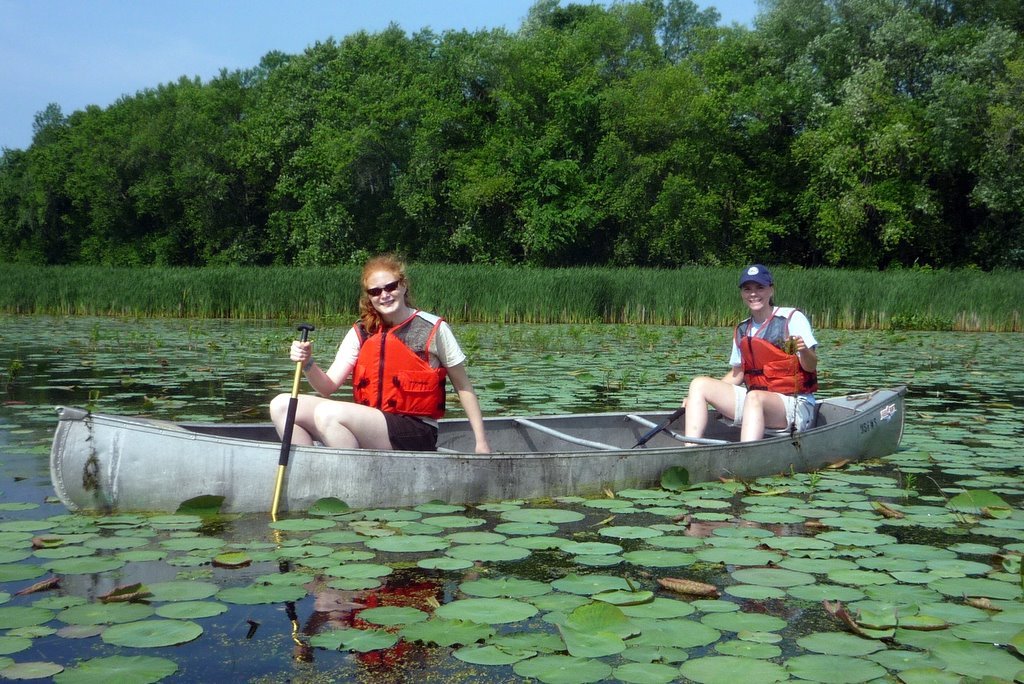
Invasive species are like uninvited guests at a party who refuse to leave. They are non-native organisms that establish themselves in a new environment, often outcompeting local species for resources. Unlike native species, invasive ones lack the natural predators that would normally keep their populations in check. This allows them to proliferate rapidly, altering the ecosystem’s structure and function. For example, the zebra mussel, native to Eastern Europe, has spread throughout North American waterways, clogging pipes and outcompeting native mussels. Understanding the characteristics that make a species invasive is essential for managing their impact and protecting native biodiversity.
The Pathways of Introduction
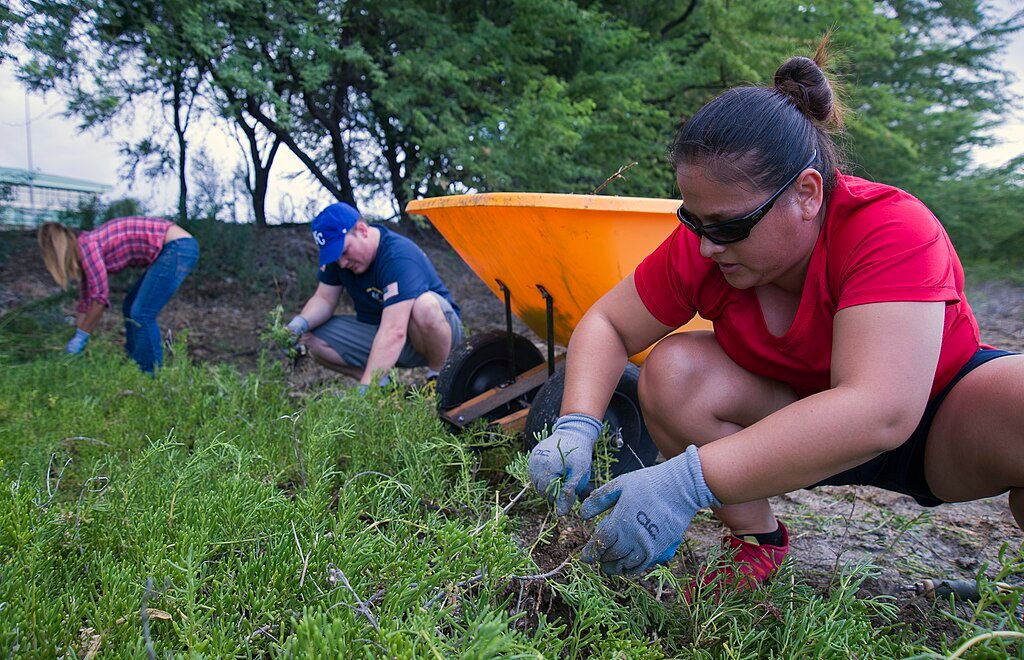
Invasive species often hitch a ride to new territories through human activities. Global trade, travel, and transportation have inadvertently facilitated their spread. Ships’ ballast water, for example, can carry aquatic species across oceans, while the pet trade introduces exotic animals that may escape into the wild. Similarly, horticultural practices import non-native plants that can become invasive. These pathways highlight the interconnectedness of our world and the unintended consequences of human actions. By identifying and controlling these entry points, we can help prevent future invasions and protect our ecosystems.
Ecological Consequences
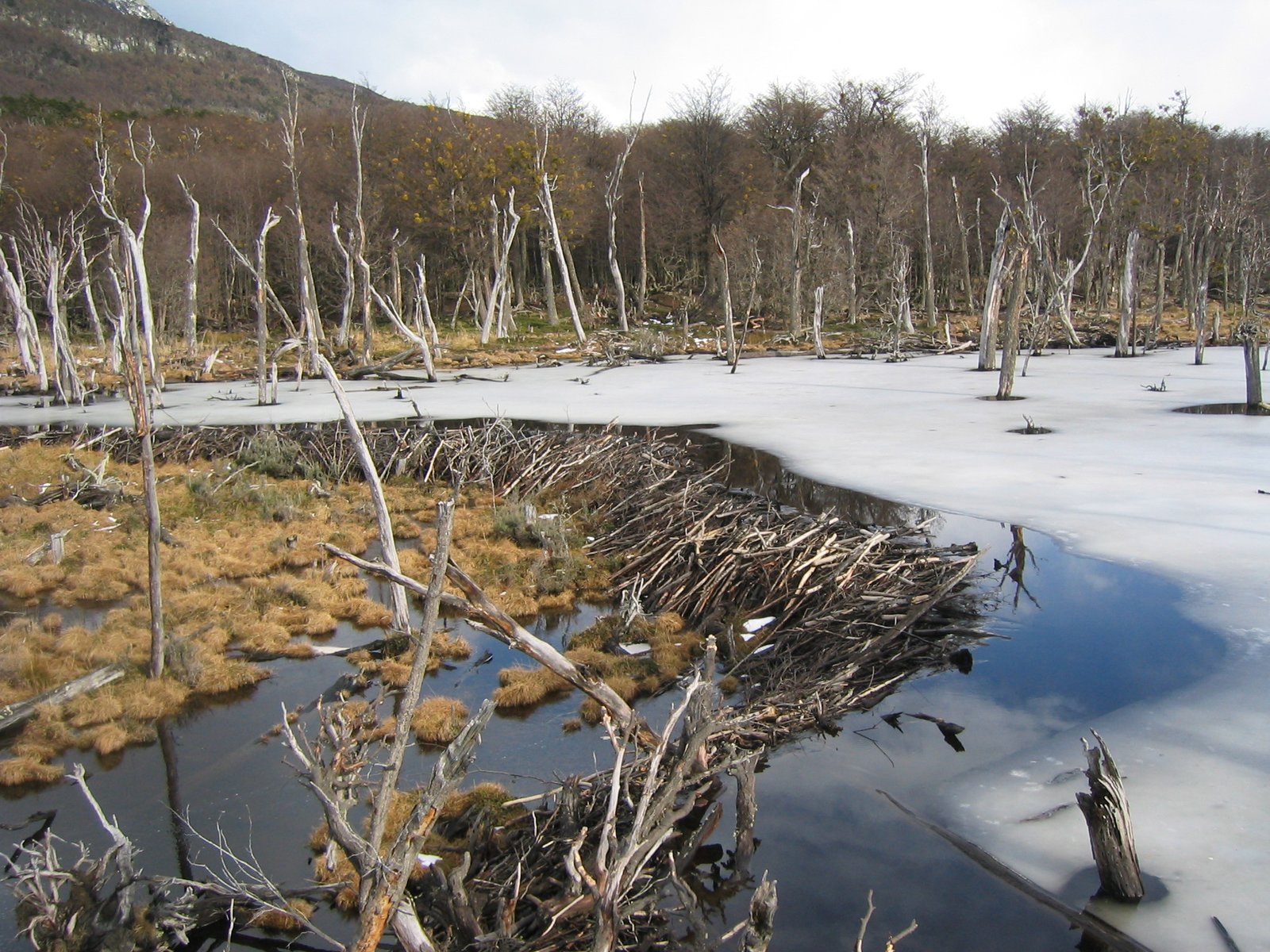
The introduction of invasive species can trigger a domino effect within ecosystems. They can outcompete native species for food and habitat, leading to declines or even extinctions. This loss of biodiversity can weaken ecosystem resilience, making them more susceptible to environmental changes. For instance, the introduction of the emerald ash borer has devastated ash tree populations across North America, disrupting forests and the wildlife that depend on them. These ecological consequences underscore the importance of maintaining native species and the roles they play in their environments.
Economic Impacts
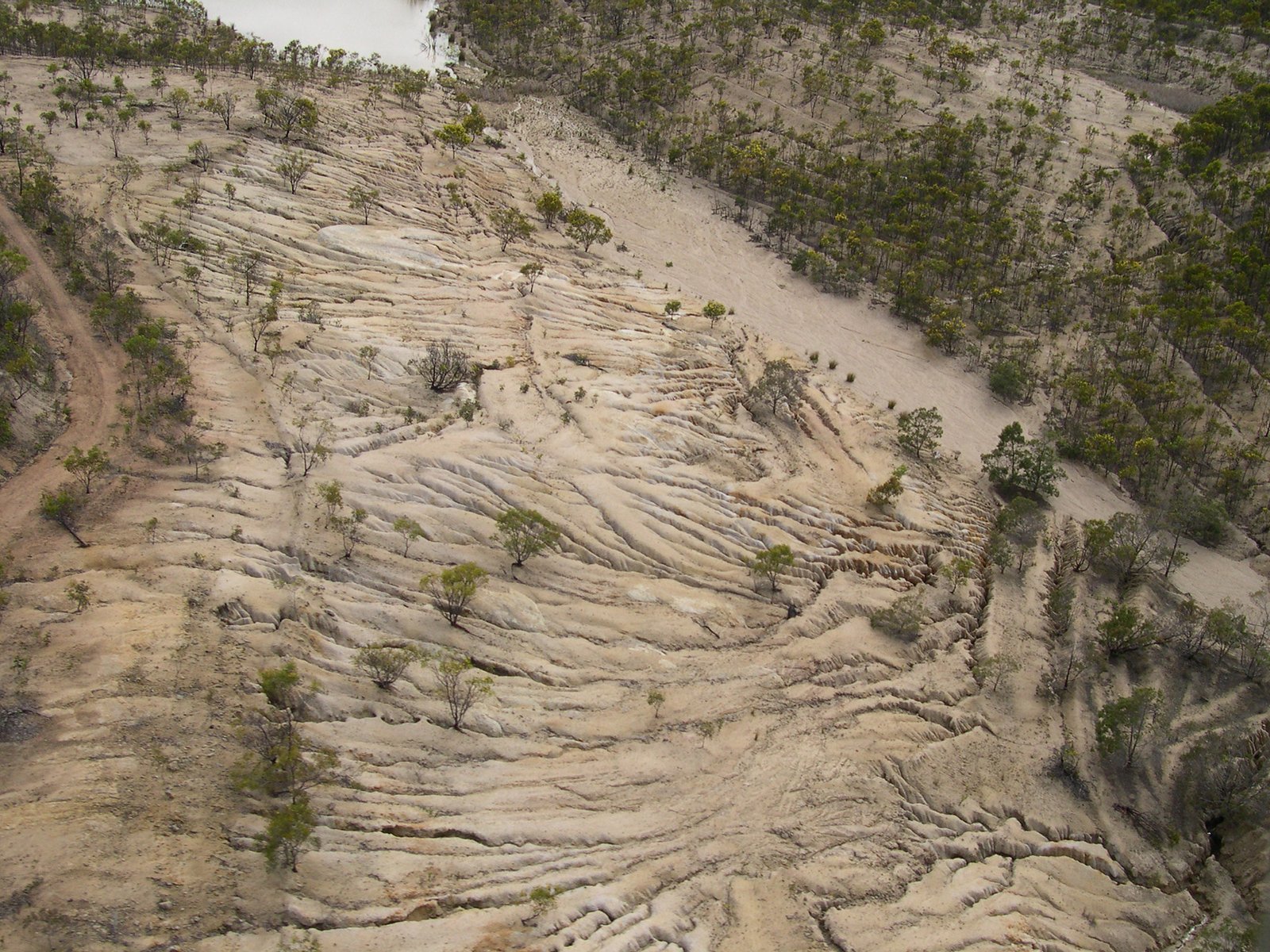
Invasive species don’t just threaten the environment; they also have significant economic repercussions. They can damage crops, fisheries, and infrastructure, leading to costly management and control measures. For example, invasive plants like kudzu can overrun agricultural lands, reducing crop yields and increasing maintenance costs. The economic burden of invasive species in North America is estimated to be billions of dollars annually. This financial impact highlights the need for proactive measures and investments in prevention and management strategies.
Impact on Native Fauna
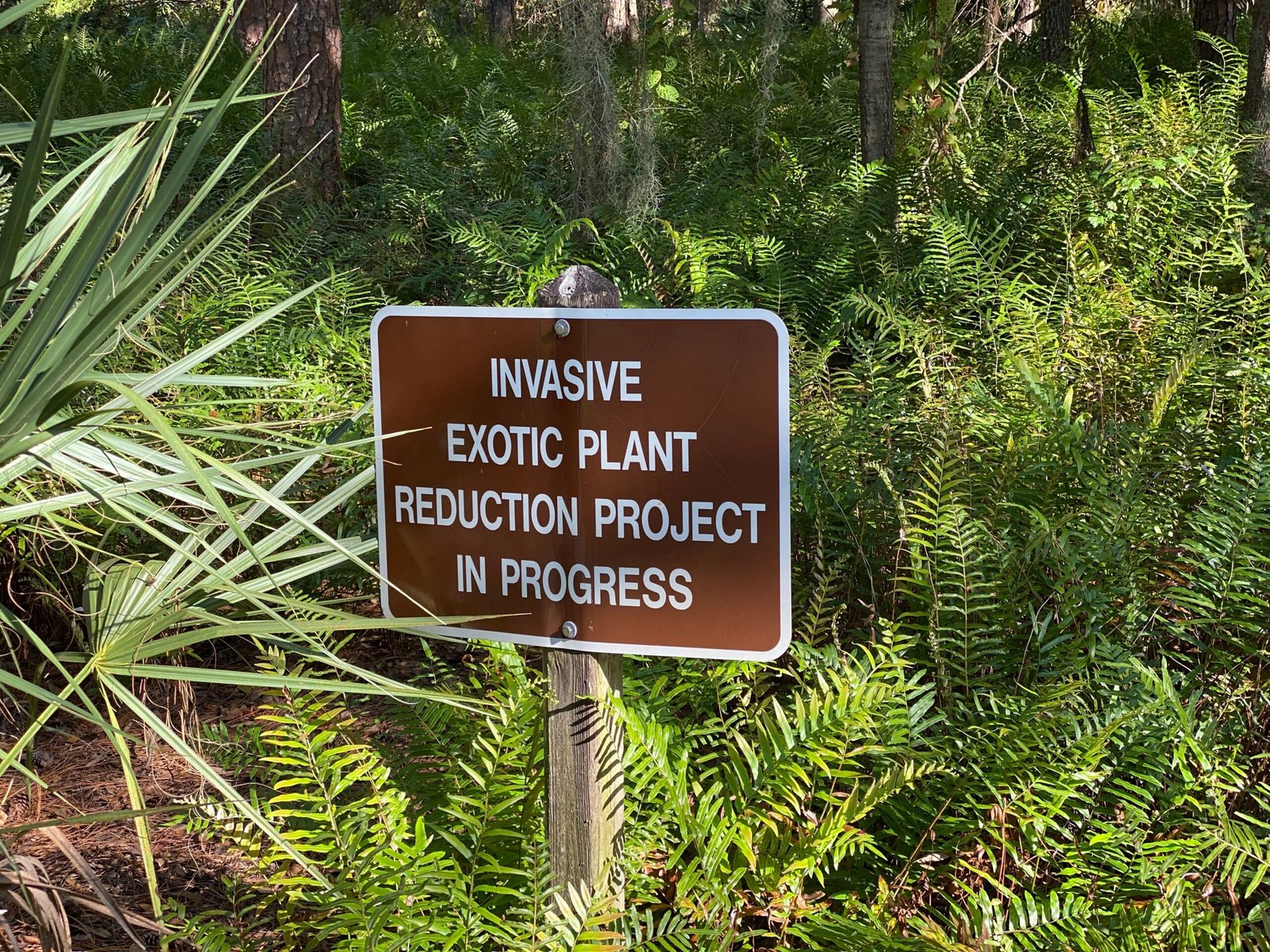
Invasive species can have devastating effects on native animal populations. Predatory invaders may prey on native species that have no evolved defenses against them. The brown tree snake, for example, was introduced to Guam and led to the extinction of several bird species. Similarly, competition for resources can lead to population declines or behavioral changes in native species. Protecting these vulnerable populations requires a comprehensive understanding of the interactions between invasive and native species.
Impact on Native Flora
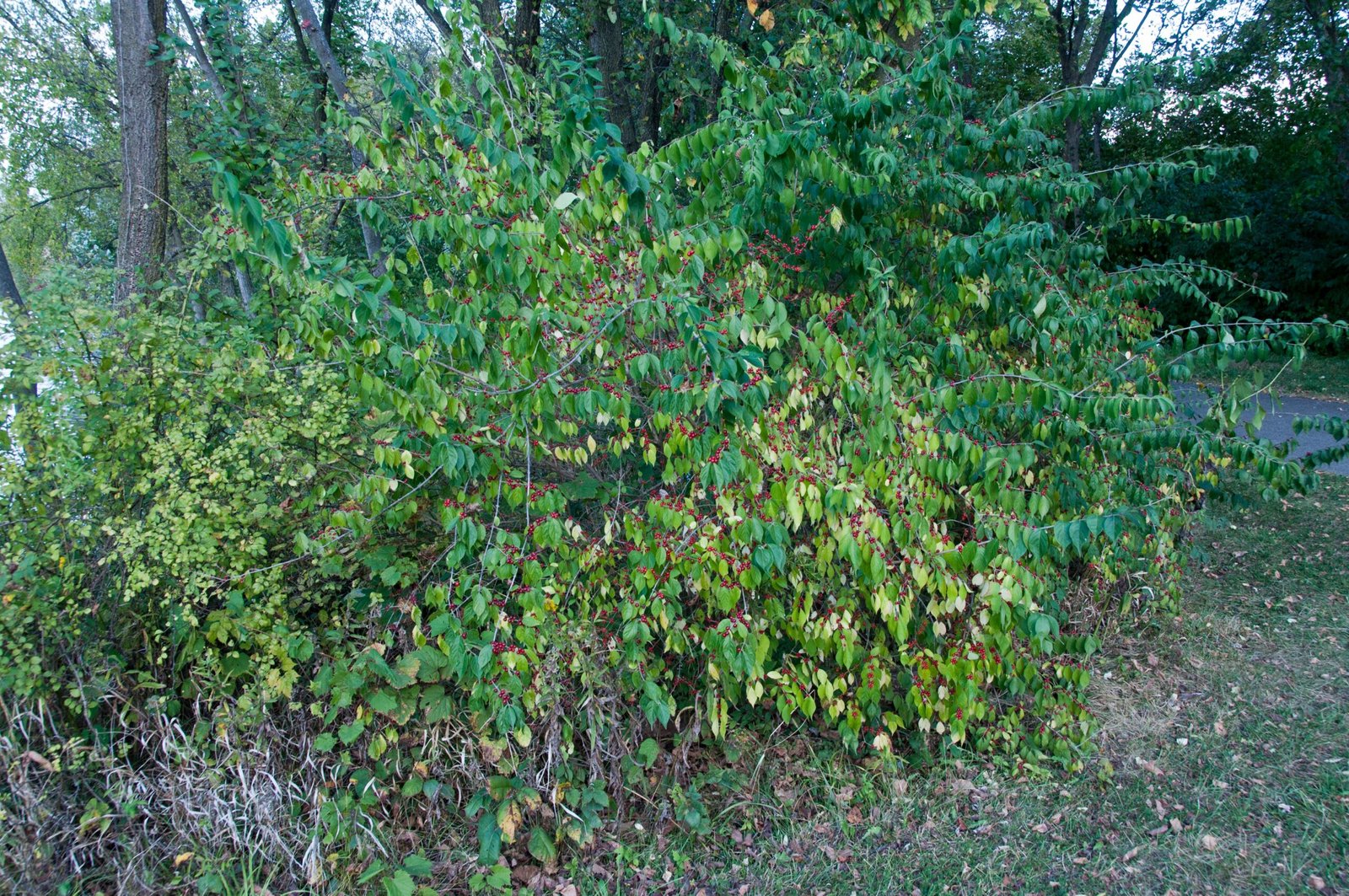
Plants are not immune to the effects of invasive species. Non-native plants can spread rapidly, outcompeting native vegetation and altering habitats. This can lead to a reduction in plant diversity and changes in soil composition and nutrient cycling. The spread of invasive plants like purple loosestrife in wetlands has transformed these habitats, affecting the species that rely on them. Conserving native plant communities is vital for maintaining ecosystem health and function.
Role of Climate Change
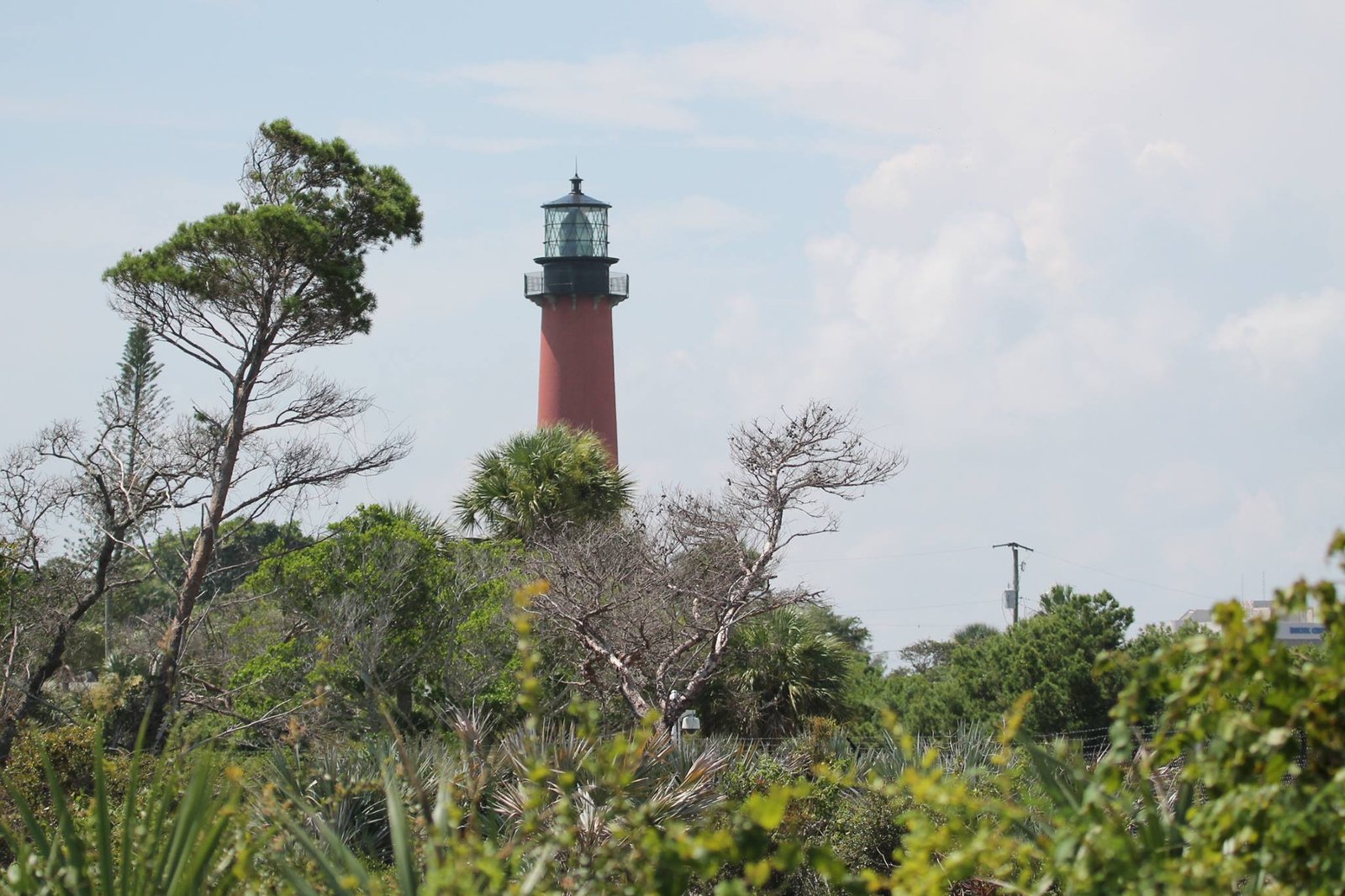
Climate change can exacerbate the impact of invasive species, creating new opportunities for them to thrive. Warmer temperatures and altered precipitation patterns can expand the range of invasive species, allowing them to colonize new areas. This shift can further stress native species already vulnerable to climate change. Understanding the interplay between climate change and invasive species is crucial for developing adaptive management strategies that can mitigate their combined effects on ecosystems.
Efforts in Management and Control
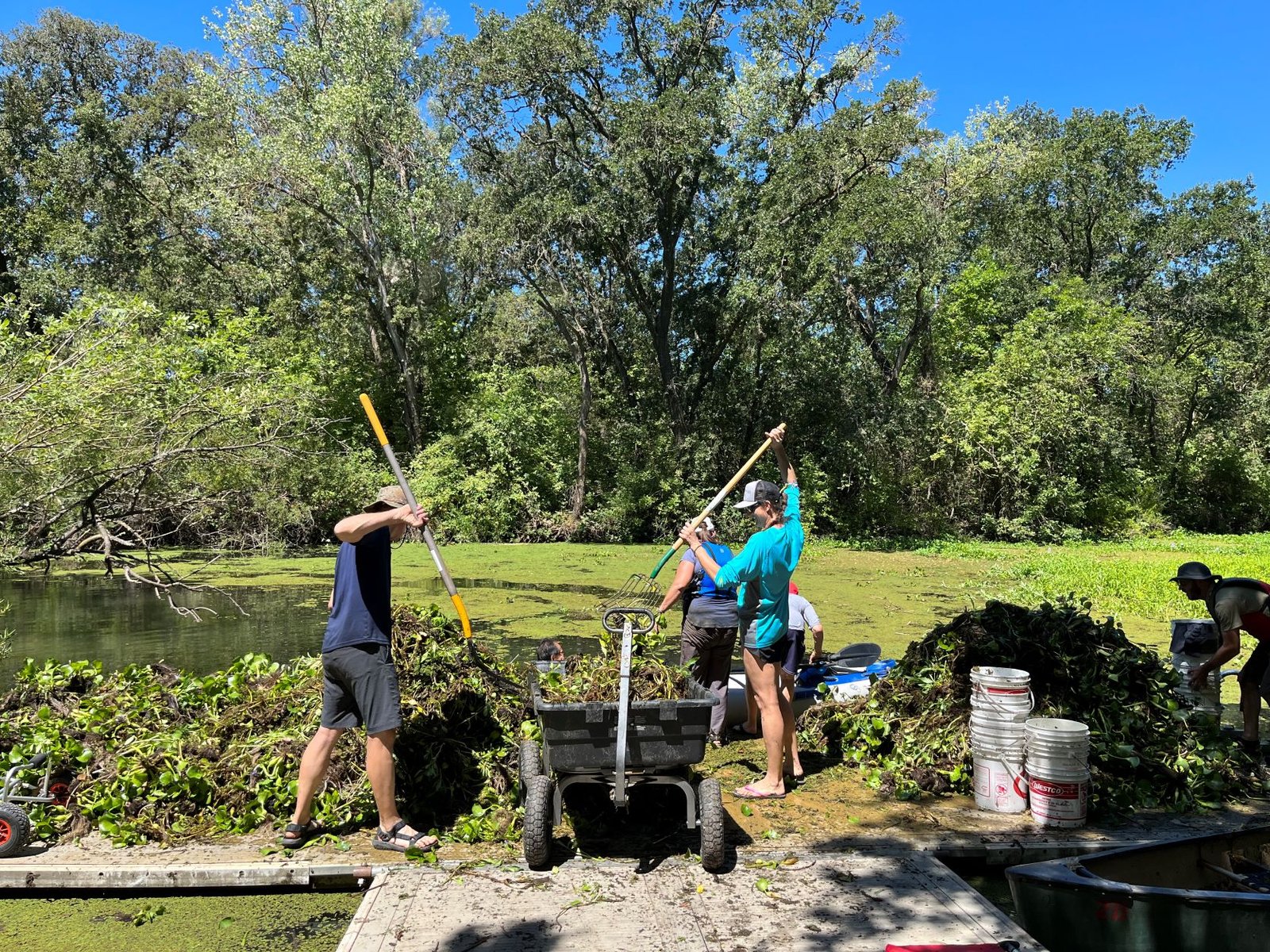
Efforts to manage and control invasive species are multifaceted and require collaboration across sectors. Strategies include prevention, early detection, rapid response, and long-term management. Biological control, which involves introducing natural predators or competitors, can be effective but must be carefully managed to avoid unintended consequences. Public awareness and education are also key components, empowering communities to recognize and report invasive species. By working together, we can develop innovative solutions to protect our ecosystems.
Community Involvement and Education
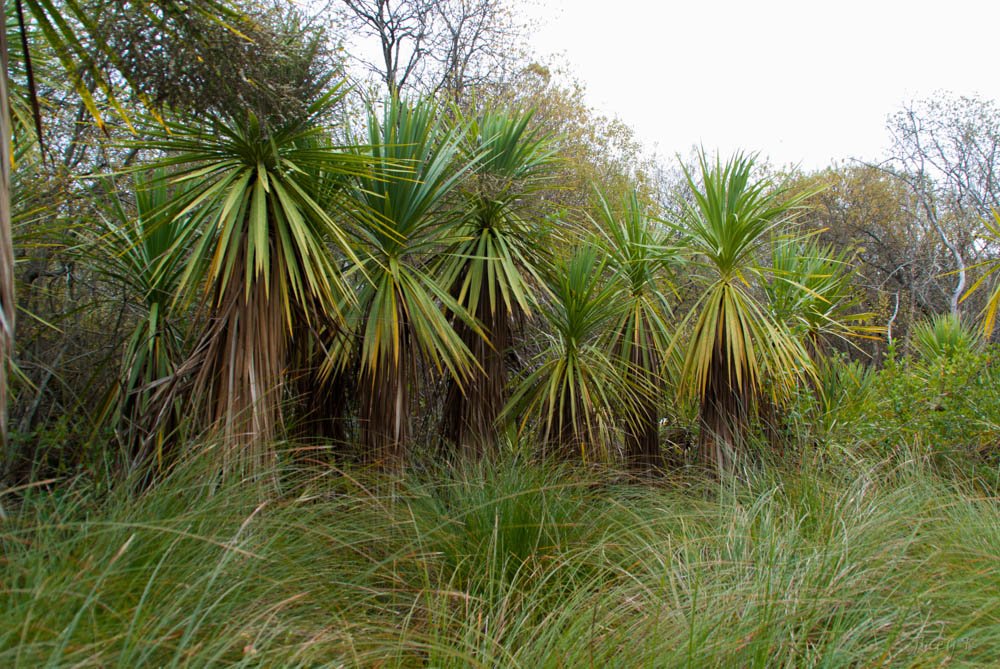
Engaging local communities in the fight against invasive species is essential. Education programs can raise awareness about the impacts of invasive species and encourage responsible behaviors, such as cleaning boats to prevent the spread of aquatic invaders. Citizen science initiatives can also play a role, enlisting volunteers to monitor and report invasive species sightings. By fostering a sense of stewardship and shared responsibility, we can build a collective response to this environmental challenge.
Looking Ahead: A Call to Action

The hidden impact of invasive species on North American ecosystems is a complex and ongoing challenge. It requires a coordinated effort from scientists, policymakers, and the public to address. By prioritizing prevention and management, we can protect our natural heritage and ensure the resilience of our ecosystems for future generations. As stewards of the environment, it’s our responsibility to be vigilant and proactive in safeguarding the delicate balance of nature.


